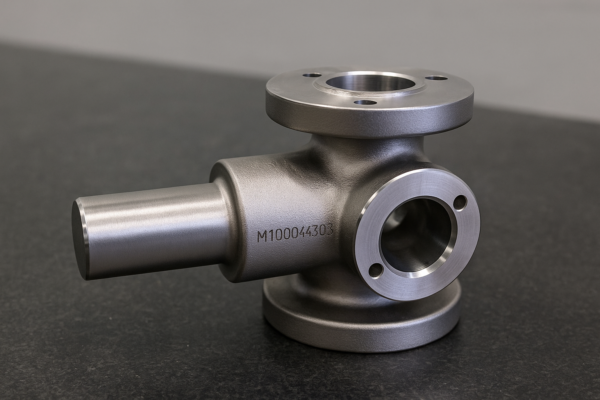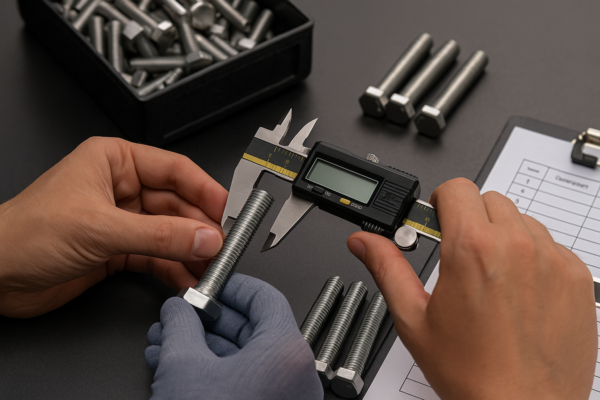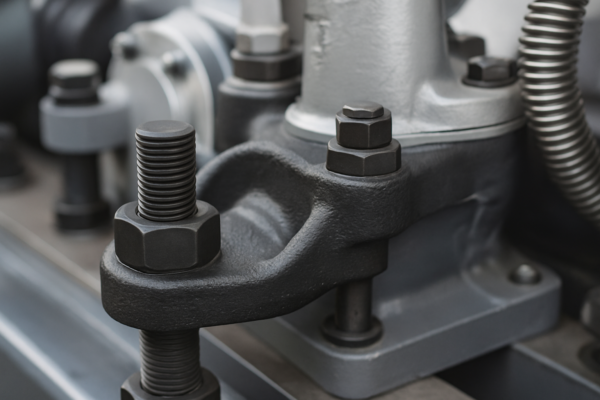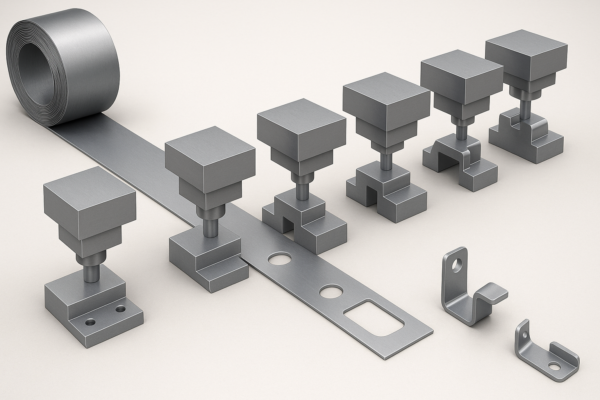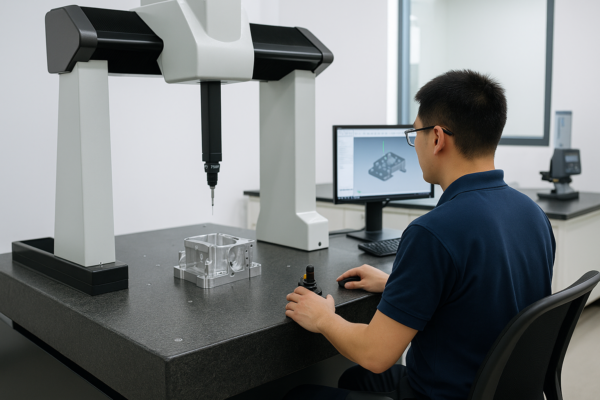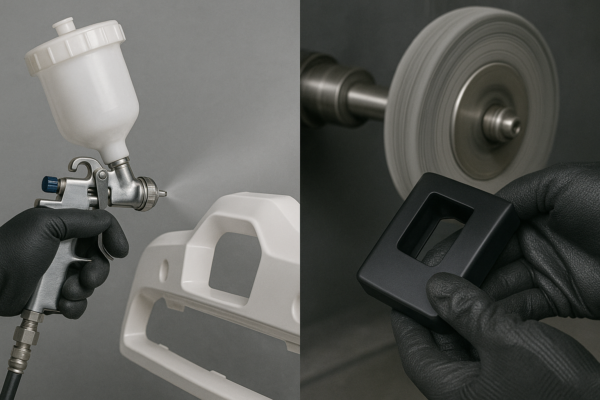What Is the Hardest Engineering Plastic for Industrial Applications?
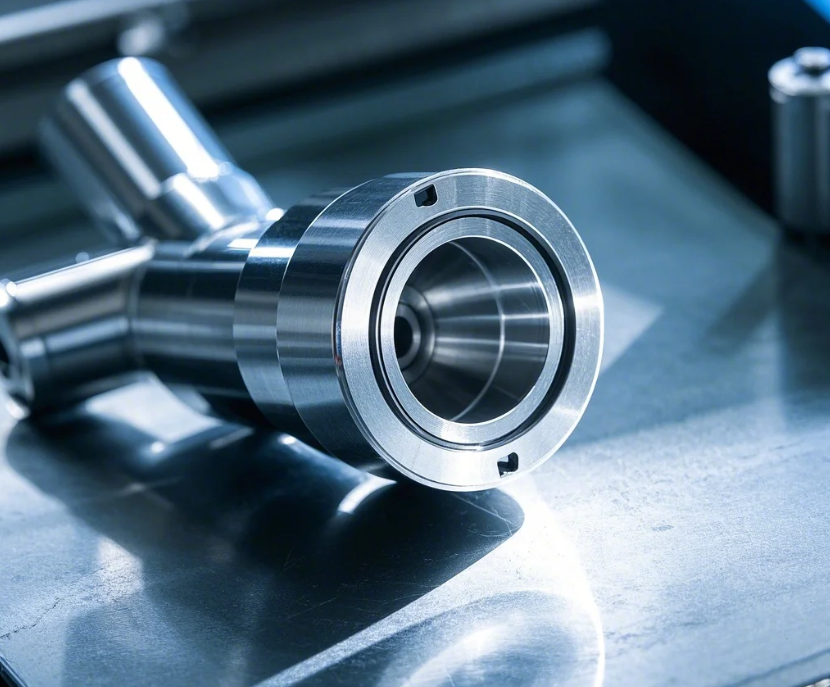
After 30 years of testing plastic components under extreme conditions, we’ve identified PEEK (Polyether Ether Ketone) as the hardest commercially available plastic – with a Rockwell M scale rating of 99 that outperforms steel in some wear applications while being 70% lighter.
The hardest engineering plastics are: 1) PEEK (Rockwell M99) 2) PAI (Rockwell M95) 3) PI (Rockwell M90) – measured by indentation resistance, with PEEK maintaining structural integrity up to 480°F and resisting chemicals like hydraulic fluids for 10,000+ hours in aerospace tests.
Here’s how these ultra-hard polymers compare…
1. PEEK: The Gold Standard of Hard Plastics
Where metal replacement becomes viable.
Our automotive clients use PEEK because: 1) 30% harder than nylon 2) Continuous 480°F service 3) Zero lubricity needs – our gear testing shows PEEK bearings last 8X longer than bronze in abrasive environments while reducing weight by 75%.
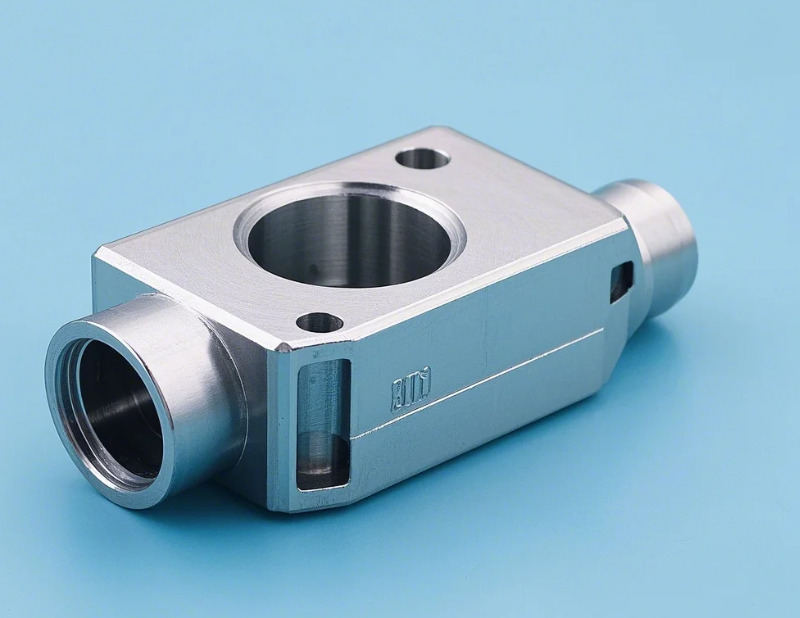
PEEK Mechanical Property Comparison
| Property | PEEK | Aluminum 6061 | Stainless 316 |
|---|---|---|---|
| Hardness (Rockwell M) | 99 | 40 | 55 |
| Tensile Strength | 14,500 psi | 45,000 psi | 75,000 psi |
| Max Temp | 480°F | 400°F | 1500°F |
| Weight (g/cm³) | 1.32 | 2.70 | 8.00 |
PEEK Grades & Applications
| Grade | Hardness (M) | Best For |
|---|---|---|
| Virgin PEEK | 99 | Medical implants |
| 30% Glass-filled | 102 | Pump gears |
| Carbon-filled | 105 | Aircraft bushings |
| PTFE-blend | 97 | Self-lubricating parts |
Processing Parameters
| Parameter | Value |
|---|---|
| Melt Temp | 680-750°F |
| Mold Temp | 300-350°F |
| Injection Pressure | 15,000-30,000 psi |
| Drying Time | 4hr @ 300°F |
2. Polyamide-imide (PAI): Extreme Environment Performer
When only the toughest polymer will do.
Our oilfield customers specify PAI for: 1) 500°F continuous use 2) 27,000 psi compressive strength 3) Zero cold flow – with downhole tool seals showing <2% deformation after 5 years in 300°F sour gas wells.
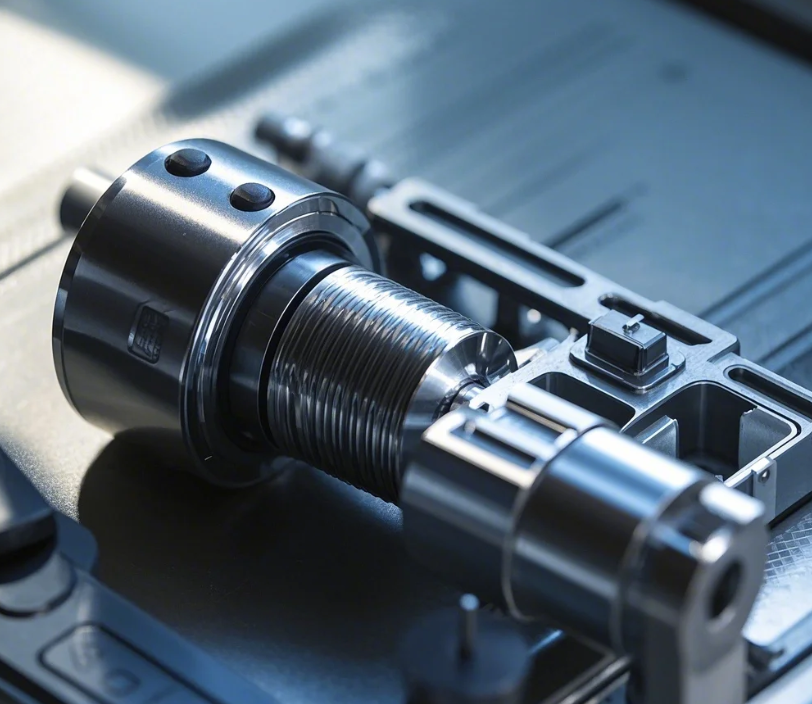
PAI vs PEEK Head-to-Head
| Characteristic | PAI | PEEK |
|---|---|---|
| Hardness | M95 | M99 |
| Max Temp | 500°F | 480°F |
| Chemical Resistance | Excellent | Outstanding |
| Machinability | Difficult | Moderate |
| Cost | $350/lb | $250/lb |
PAI Bearing Performance Data
| Condition | L10 Life (hours) |
|---|---|
| Dry Run | 15,000+ |
| Water Lubricated | 25,000 |
| 3% Saltwater | 18,000 |
| Hydraulic Oil | 30,000 |
Special Considerations
- Requires post-curing (8hr @ 500°F)
- Limited color options (amber/brown)
- 0.3% moisture absorption max
- CTE matches steel
3. Polyimide (PI): Aerospace-Grade Hardness
Thinner, stronger, faster.
NASA-approved PI films demonstrate: 1) Vickers hardness of 400 HV 2) 900°F short-term exposure 3) Atomic oxygen resistance – our space hardware uses 0.001" PI films that survive 5-year LEO missions with <10% erosion.
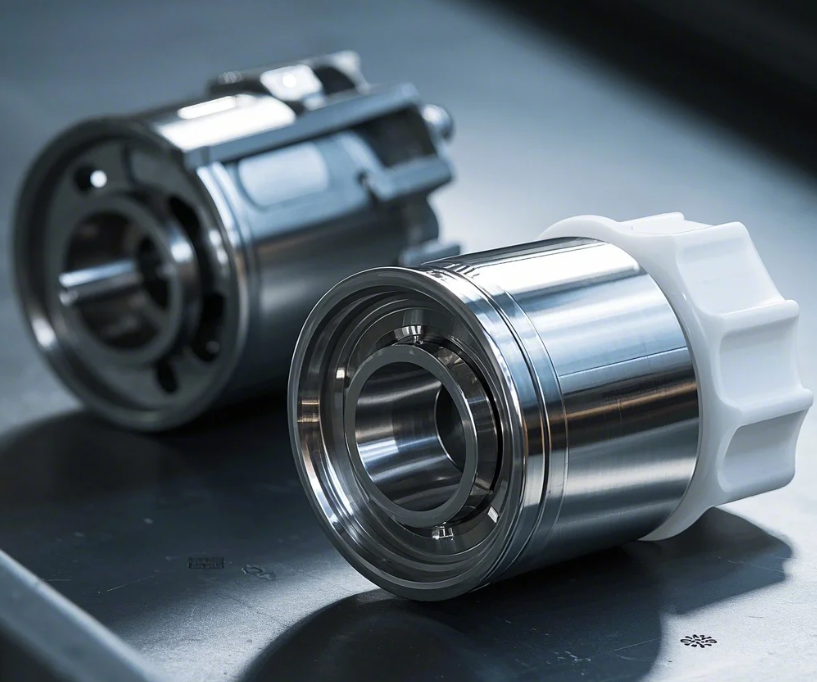
PI Material Forms & Properties
| Form | Hardness | Thickness Range |
|---|---|---|
| Film | 400 HV | 0.0005"-0.010" |
| Molded | M90 | 0.040"-2.000" |
| Foam | M70 | 0.25"-6.00" |
| Fiber | – | 5-20 denier |
Aerospace PI Performance Data
| Parameter | Result |
|---|---|
| UV Resistance | 5,000 hrs @ UV-B |
| Outgassing | <0.1% TML |
| Dielectric Strength | 5,000 V/mil |
| Radiation | 1,000 Mrad |
Processing Challenges
- Requires 700°F sintering
- Limited to thin sections when molded
- Must avoid alkaline cleaners
- 48-hour moisture conditioning
4. Hard Plastic Selection Guide
Matching material to mission.
Our cross-industry database reveals: 1) Medical uses virgin PEEK 2) Oil/gas prefers PAI 3) Electronics need PI films – with cost differences up to 400% between grades making proper specification critical for ROI.
Application-Specific Recommendations
| Industry | First Choice | Alternative | Avoid |
|---|---|---|---|
| Aerospace | PI film | PEEK | PAI |
| Automotive | 30% GF PEEK | PAI | PI |
| Medical | Virgin PEEK | PAI | PI |
| Energy | PAI | PEEK | PI |
Cost Per Cubic Inch Comparison
| Material | $/in³ |
|---|---|
| Virgin PEEK | $1.85 |
| 30% GF PEEK | $2.10 |
| PAI | $3.40 |
| PI film | $12.50 |
Machining Parameters
| Process | PEEK | PAI | PI |
|---|---|---|---|
| Drill Speed | 300 SFM | 200 SFM | 150 SFM |
| End Mill Feed | 0.003"/tooth | 0.002"/tooth | 0.0015"/tooth |
| Coolant | Air blast | Oil-based | Dry |
| Tolerance | ±0.001" | ±0.002" | ±0.005" |
Conclusion
PEEK, PAI and PI represent the pinnacle of plastic hardness – with PEEK delivering the best balance of machinability and performance for most industrial applications, while PAI handles extreme environments and PI dominates thin-film aerospace needs.

